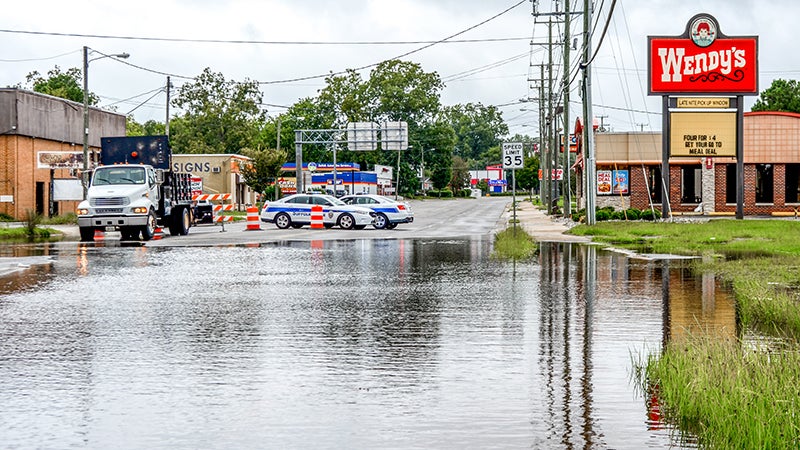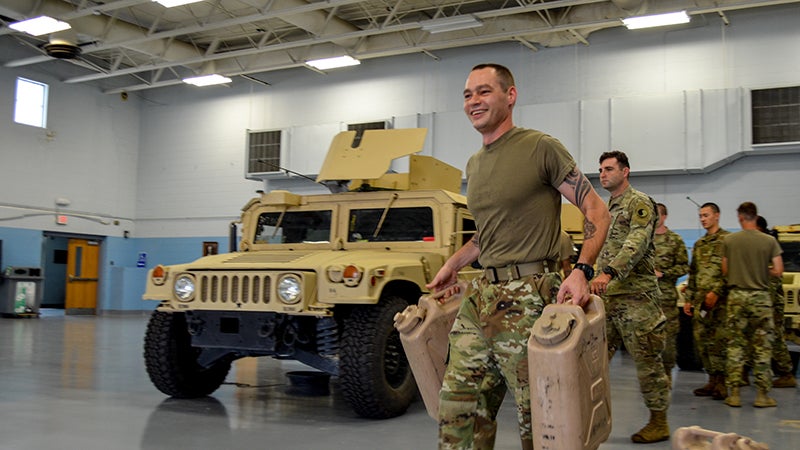AAA offers tips for motorists
Published 2:19 pm Tuesday, September 11, 2018
As Hurricane Florence draws near the coast, AAA Tidewater urges motorists to be extremely careful on the road. The heavy rains and strong winds associated with hurricanes can quickly reduce visibility and create dangerous driving conditions. Motorists should to take extra precautions when driving in any volatile weather.
“If you don’t have to drive during the storm, please don’t,” said Georjeane Blumling, spokeswoman for AAA Tidewater Virginia. “If you must drive, take extra caution when faced with flooded streets, as conditions can become treacherous quickly. Nearly half of the people who die in flash floods are in automobiles, because they vastly underestimate water’s power or depth, or don’t act quickly enough to escape.”
AAA offered the below safety tips:
- Heed the warnings of emergency officials and observe road closure signs.
- Turn on windshield wipers and headlights (not just daytime running lights) as soon as rain begins to fall.
- If windows begin to fog, turn on the car’s defroster, preferably the heat.
- Use low-beam headlights to help other drivers see your car and increase visibility.
- Slow down. Speed limits are set for ideal road conditions. Rain decreases visibility and increases braking distances.
- Increase following distances. Normal dry pavement following distance (3-4) seconds should be increased to 8 seconds or more when driving on slippery surfaces.
- Driving in other vehicle’s tracks can improve traction and help you avoid hydroplaning.
- Drivers of four-wheel drive vehicles must remember they are not immune from hydroplaning on wet surfaces.
- Be wary of high wind conditions and give extra room for larger trucks.
- Watch out for debris or downed wires on the roadways. If in a vehicle that is in contact with a downed power line, the best rule is to stay there until help arrives. If there is an imminent danger, such as fire, stand on the door frame or edge of the vehicle and jump clear with both feet at the same time. Do not make contact with anything on the vehicle so that your body does not become a pathway for the electricity to reach the earth.
- Do not attempt to cross any standing water on the road. As little as 6 inches of water can make you lose control of your car, and two feet of water will carry away most cars.
- Try to avoid bridges and roads that are known to flood.
- If you are forced to stop in traffic due to poor visibility, turn on emergency flashers.




